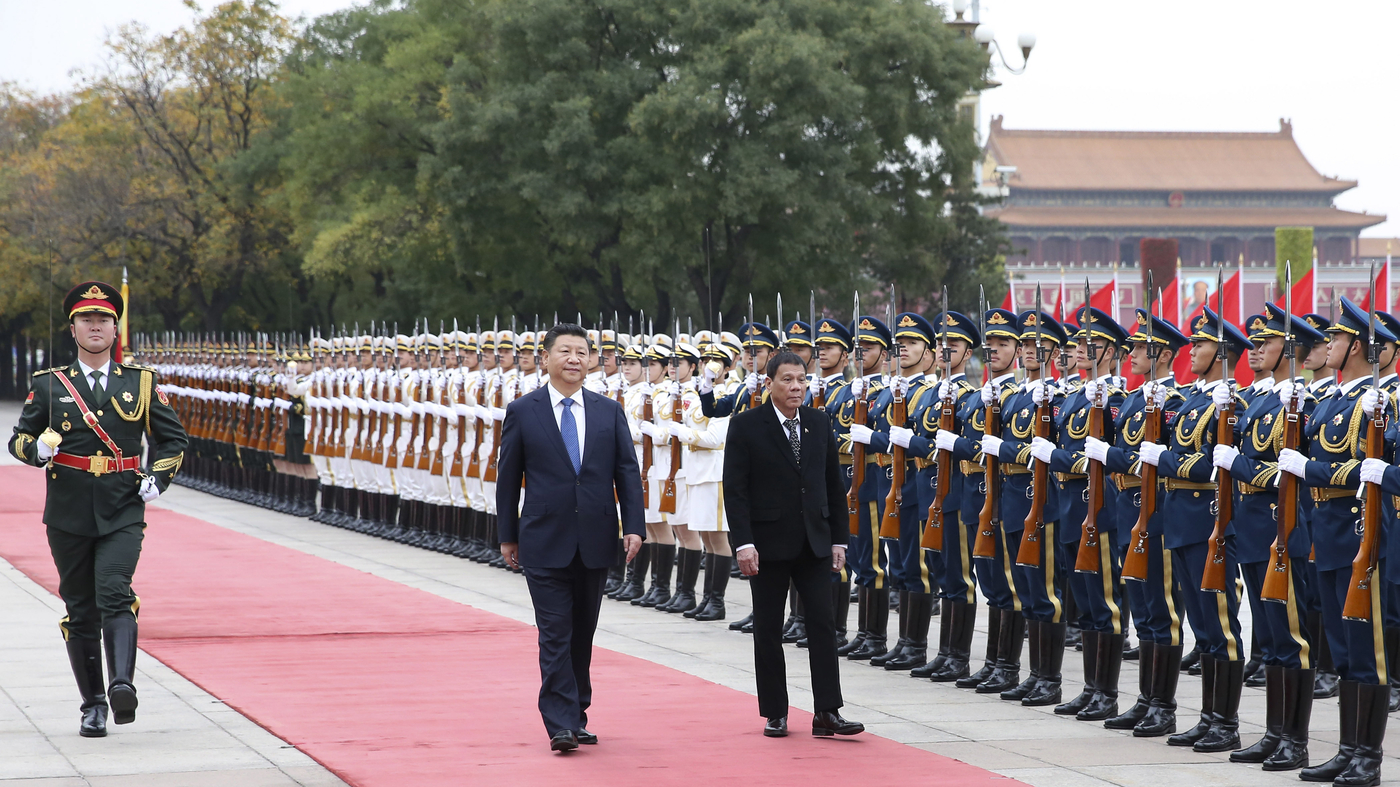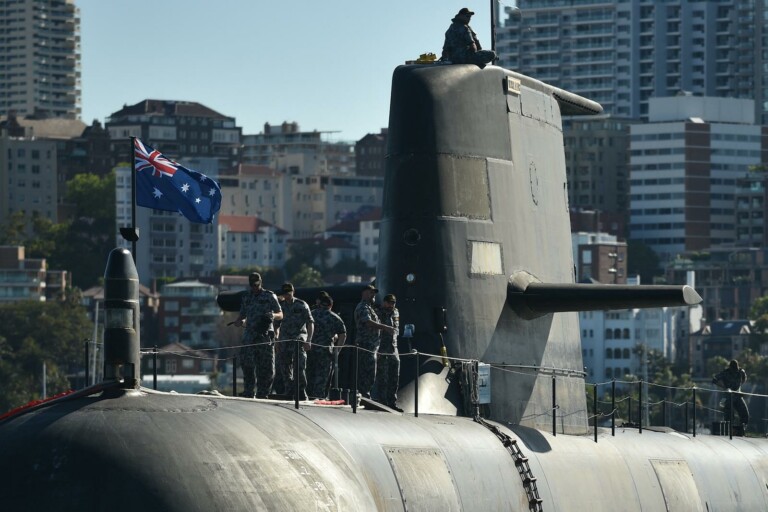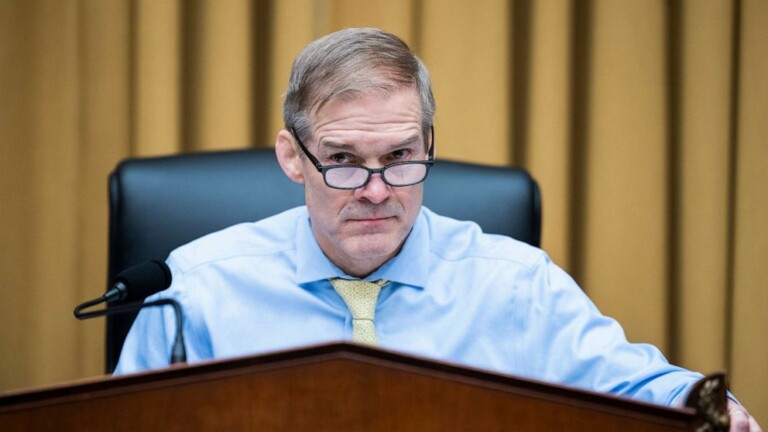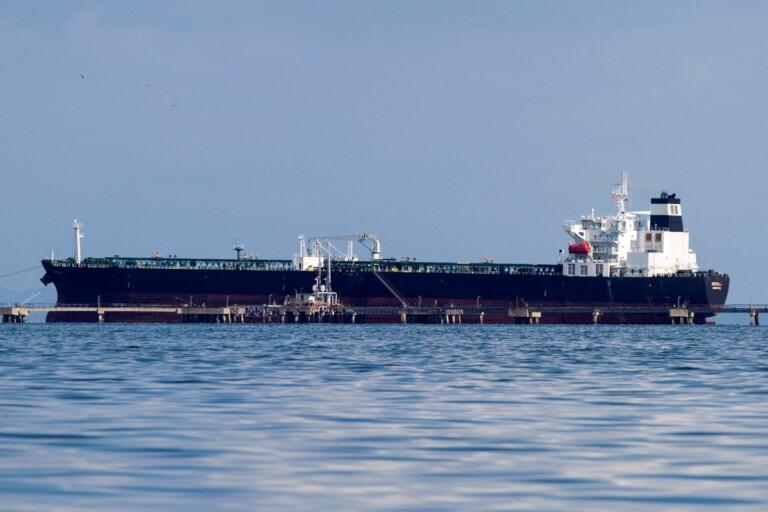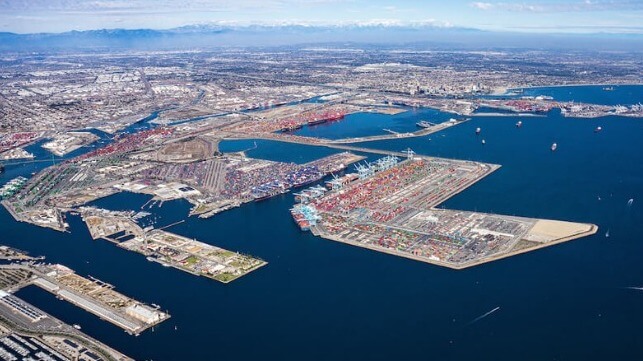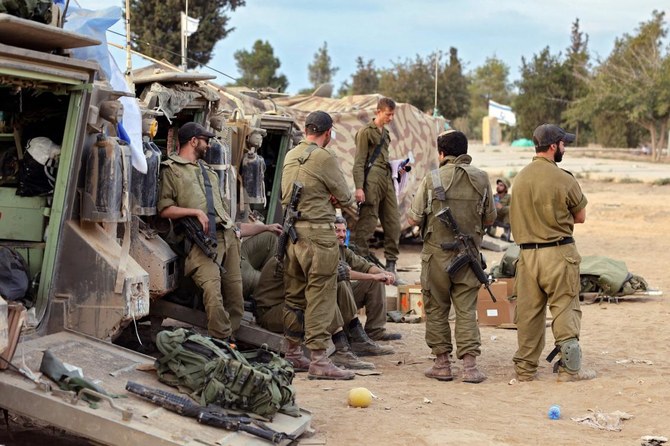After months of anticipation, the Philippines has officially announced the exact location of four additional military bases that will be opened to American troops under the Enhanced Defense Cooperation Agreement (EDCA).
Signed in 2014, the EDCA initially identified five bases, namely Lumbia Air Base in Cagayan de Oro City, Mactan-Benito Ebuen Air Base in Cebu, Fort Magsaysay in Nueva Ecija as well as two bases close to the South China Sea, namely Antonio Bautista Air Base in Palawan and Basa Air Base in Pampanga.
Now, the Philippine government has decided to allow Americans to enjoy “rotational” access to and preposition weapons systems in Balabac off Palawan in the south as well as in Camilo Osias navy base in Sta Ana and Lal-lo airport in the northern province of Cagayan and Camp Melchor Dela Cruz in the northern province of Isabela.
All four additional sites are close to either the South China Sea or, perhaps more sensitively from Beijing’s perspective, Taiwan’s southern shores, thus placing the Philippines at the heart of America’s regional strategy for balancing China in the Indo-Pacific.
Philippine authorities insisted that the selection of the new bases was deemed “suitable and mutually beneficial” by both parties. In light of public opposition by local governors, particularly the Beijing-friendly Cagayan Governor Manuel Mamba, Philippine acting defense chief Carlito Galvez said that the government had “already decided” on the issue and, accordingly, regional officials should “abide with the decision.”
Earlier, the Chinese Embassy in Manila warned that EDCA was part of “US efforts to encircle and contain China through its military alliance with this country”, raising concerns over the trajectory of future bilateral relations.
In a bid to avoid a frontal collision with Beijing, Philippine President Ferdinand Marcos Jr has not yet given the US Pentagon access to its most prized bases, namely in Fuga and Mavulis islands, both of which are extremely close to Taiwan’s shores.
In coming years, the Philippines also has the option of tweaking and downgrading massive wargames with the US troops in sensitive locations.
The latest EDCA-related announcement came shortly before the first Philippine-US “2+2” high-level dialogue in Washington next week in seven years. Later this month, the national security advisers from both allied nations, as well as from Japan, are also set to meet to strengthen trilateral security cooperation under an emerging Japan-Philippine-US (JAPHUS) alliance.
In a press briefing, Deputy Pentagon Press Secretary Sabrina Singh clarified that the new “EDCA sites” would help to strengthen bilateral security cooperation and strategic resilience in an increasingly uncertain geopolitical environment.

“Well, this is more about regional response, regional readiness. This is an arrangement that we have with the Philippines that goes back many years. And in – is an investment in our cooperation with the Philippines in order to better – for better interoperability,” Singh said.
“Again, we do not seek permanent basing in the Philippines and this is just one additional aspect that will increase training between our two countries,” she added, underscoring how additional EDCA sites would mean “an increase of rotational force in the region.”
Throughout much of the 20th century, the US enjoyed access to massive bases in the Philippines, which hosted the largest overseas American military facilities throughout the Cold War period.
But the Southeast Asian country barred the establishment of “permanent” US bases in the country following the exit of US troops from Subic and Clark in the early 1990s.
Rising tensions in the South China Sea, however, prompted Manila to invite back American troops. Following China’s occupation of Mischief Reef in the mid-1990s, shortly after the US exited its Philippine bases, the Fidel Ramos administration negotiated a Visiting Forces Agreement (VFA) with Washington.
The months-long standoff over the Scarborough Shoal in 2012, however, convinced then-president Benigno Aquino III’s administration to negotiate an even more robust defense deal with the Pentagon.
The upshot was the EDCA, which allows US troops a “rotational” presence in pre-designated bases as well as and the prepositioning of sophisticated weapons systems to enhance the Pentagon’s forward deployment presence in the Western Pacific.
Initially, Manila sought access to US military hardware, including warships and submarines, under a new EDCA deal, but this was ultimately shut down by the Obama administration, which feared getting dragged into direct conflict with China.
Under EDCA, the two sides agreed to help assist the Armed Forces of the Philippines (AFP) modernization by addressing “short-term capabilities gaps, promoting long-term modernization and helping maintain and develop additional maritime security, maritime domain awareness, and humanitarian assistance and disaster relief capabilities.”
In exchange, the Philippines authorized US troops to undertake “security cooperation exercises; joint and combined training activities; humanitarian assistance and disaster relief activities; and such other activities as may be agreed upon by the Parties.”
An executive agreement, EDCA also faced legal challenges but was eventually cleared by the Philippine Supreme Court in 2016. That year, however, the Philippines elected a Beijing-friendly president, namely Rodrigo Duterte, who, despite expressing initial support, ended up resisting the EDCA’s full implementation.
“They’re unloading arms in the Philippines now … I’m serving notice to the armed forces of the United States. Do not do it, I will not allow it,” declared Duterte in 2017, as the two allies began to implement EDCA.
“I do not even know if there is a nuclear tip (missile) now, that they are unloading,” he warned, accusing the US of stoking tensions and engaging in potentially illegal activities, since “[under] [p]rovisions of the Visiting Forces (Agreement), there shall be no permanent facilities. A depot is by any other name a depot. It’s a permanent structure to house arms.”
Eager to court China, Duterte dragged his feet on implementing EDCA way into his six-year term in office, thus jeopardizing US security cooperation against an ascendant China.
Although he initially signaled policy continuity with his predecessor, President Marcos Jr has steadily pivoted back to traditional allies, especially following his fruitless trip to Beijing in January, which produced no breakthrough on the South China Sea disputes.
The Chinese Embassy in Manila has warned against the fallout of Marcos Jr’s EDCA decision, including in regard to bilateral economic relations.
“Economy and trade cannot flourish without a peaceful and stable regional environment,” the Chinese embassy said in a statement last month, accusing the US of manipulating smaller regional allies for its own geopolitical agenda.
“However, some Americans claim that the four additional military sites in the Philippines to which US forces would have access under the EDCA would bring economic ‘opportunities, jobs’ to their host communities, and discredit China-Philippines economic cooperation at the same time,” it added.
The statement warned that the expanded EDCA deal “will seriously endanger regional peace and stability and drag the Philippines into the abyss of geopolitical strife and damage its economic development at the end of the day.”
Former president Duterte as well as presidential sister Senator Maria Imelda “Imee” Marcos have also vigorously opposed the EDCA decision, claiming it could drag the Philippines into a major conflict over Taiwan.
Crucially, frontier provincial governors, especially in Cagayan and Isabela, also publicly opposed the addition of the northern Philippine bases under the security pact.
The Philippine acting defense chief and former military chief Carlito Galvez Jr has insisted that the additional sites are “very strategic” choices, which were “collectively decided” by the two allies and that the US-led construction and expansion of EDCA bases would begin “immediately.”
“That’s a trade route… where more or less US$3 trillion trade passes (annually),” he said, referring to the South China Sea. “Our responsibility to collectively secure that is huge,” Galvez Jr added, underscoring the centrality of the EDCA to the South China Sea disputes.
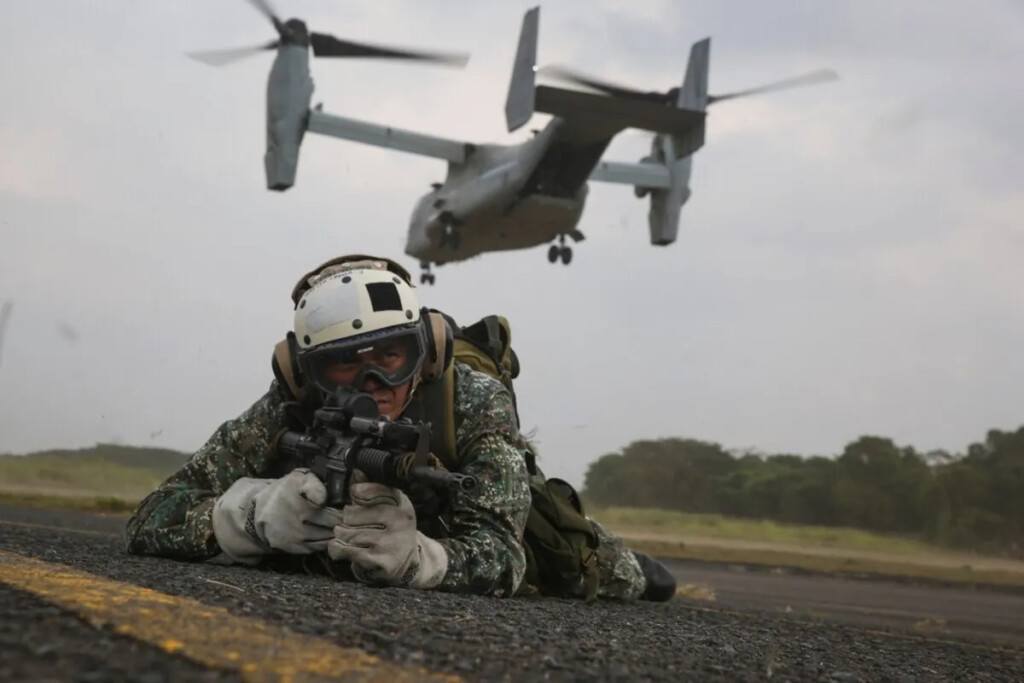
Philippine authorities, however, have largely kept mum on the implications of the expanded EDCA for the crisis in neighboring Taiwan. By all indications, however, the Marcos Jr administration is still hedging its bets by declining to fully align with the US against China.
For instance, the two sides have yet to decide the number of US troops to be given rotational access to pre-designated bases. The Philippines can also regularly adjust the type and frequency of its wargames with the Pentagon in sensitive areas such as the South China Sea and Luzon Strait.
Perhaps most crucially, the Marcos Jr administration has yet to grant US access to its ultra-strategic bases in the north, Fuga and Mavulis islands, which reports indicate are expanding their naval and military facilities.
Source : Asia Times

